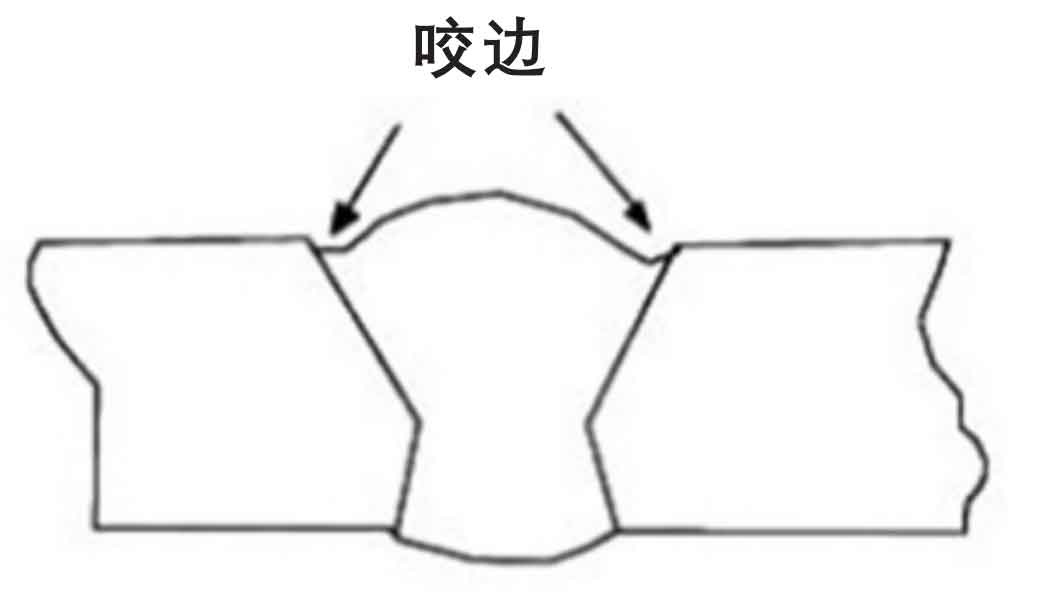Complete Guide to Preventing Weld Undercut: Tips and Techniques
Complete Guide to Preventing Weld Undercut: Tips and Techniques
Blog Article
Mastering the Art of Welding: Exactly How to Stay Clear Of Undercut Welding Issues for Flawless Fabrication Outcomes
Performance and accuracy are paramount on the planet of welding, where even the slightest blemish can endanger the structural integrity of a made item. One typical challenge that welders face is undercutting, a flaw that can lead and damage a weld joint to costly rework. By comprehending the origin creates of undercut welding and implementing reliable methods to stop it, welders can elevate their craft to new degrees of quality (Preventing weld undercut). In the quest of flawless fabrication outcomes, mastering the art of welding to avoid undercut issues is not simply an ability but a need for those pursuing perfection in their work.
Recognizing Undercut Welding

To avoid undercut welding, welders should ensure proper welding parameters, such as readjusting the present, voltage, travel speed, and maintaining the right electrode angle. Furthermore, making use of the appropriate welding technique for the certain joint configuration is crucial. Utilizing weaving movements or backstepping strategies can assist make certain proper weld steel deposition and reduce the possibility of undercut formation. Regular examination of welds during and after the welding procedure is likewise vital to capture any undercut very early and make required modifications to protect against more problems. Preventing weld undercut. By comprehending the root causes of undercut welding and implementing safety nets, welders can achieve top quality, structurally sound welds.
Root Causes Of Undercut in Welding
Recognizing the variables that contribute to damage in welding is important for welders to generate premium, structurally sound welds. Insufficient welding existing or incorrect welding rate can also add to damage. Recognizing these causes and applying correct welding methods can help protect against undercutting concerns, making certain solid and resilient welds.
Strategies to avoid Undercutting

To reduce the threat of undercutting in welding, welders can use strategic welding techniques focused on improving the high quality and honesty of the weld joints. One effective method is to adjust the welding parameters, such as voltage, existing, and travel rate, to guarantee appropriate heat input and deposition. Maintaining an appropriate electrode angle and making sure constant traveling rate can additionally assist protect against undercut. In addition, utilizing the proper welding technique for the certain joint configuration, such as weave or stringer beads, can add to minimizing undercutting. Preventing weld undercut.
Utilizing back-step welding strategies and managing the weld grain account can likewise assist disperse warmth uniformly and lessen the danger of undercut. Routine assessment of the weld joint during and after welding, as well as implementing top quality assurance steps, can assist in dealing with and discovering damaging problems immediately.
Significance of Appropriate Welding Specifications
Picking and maintaining proper welding criteria is vital for accomplishing effective welds with minimal defects. Welding criteria refer to variables such as voltage, present, take a trip rate, electrode angle, and shielding gas flow price that straight influence the welding process. These parameters must be very carefully changed based upon the type of material being welded, its density, and the welding technique employed.
Correct welding specifications ensure the right quantity discover here of heat is put on melt the base steels and filler product uniformly. If the criteria are set expensive, it can result in too much heat input, causing burn-through, spatter, or distortion. On the other hand, if the parameters are also low, incomplete combination, absence of penetration, or damaging might occur.
Quality Guarantee in Welding Procedures

Final Thought
In final thought, understanding the art of welding requires a comprehensive understanding of undercut welding, its reasons, and methods to prevent it. By making sure proper welding criteria and applying high quality check my reference assurance methods, perfect construction results can be achieved. It is crucial for welders to regularly pursue quality in their welding procedures to avoid undercut concerns and generate premium welds.
Undercut welding, a typical issue in welding processes, happens when the weld metal does not correctly fill the groove and leaves a groove or clinical depression along the bonded joint.To protect against undercut welding, welders need to make sure correct welding criteria, such as adjusting the look at this now current, voltage, travel speed, and keeping the right electrode angle. Insufficient welding inaccurate or existing welding rate can also add to damage.To reduce the threat of damaging in welding, welders can use calculated welding strategies aimed at enhancing the high quality and integrity of the weld joints.In conclusion, understanding the art of welding requires a thorough understanding of undercut welding, its reasons, and strategies to avoid it.
Report this page